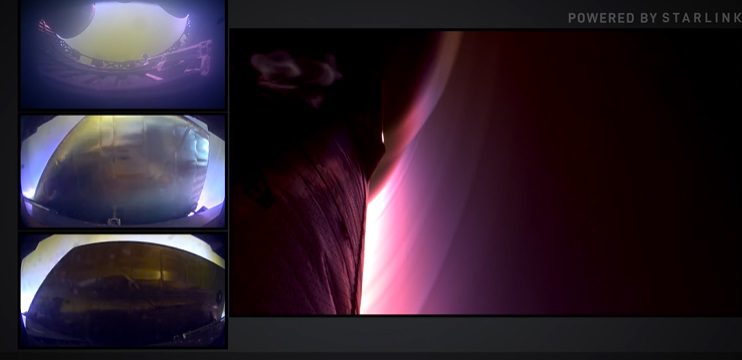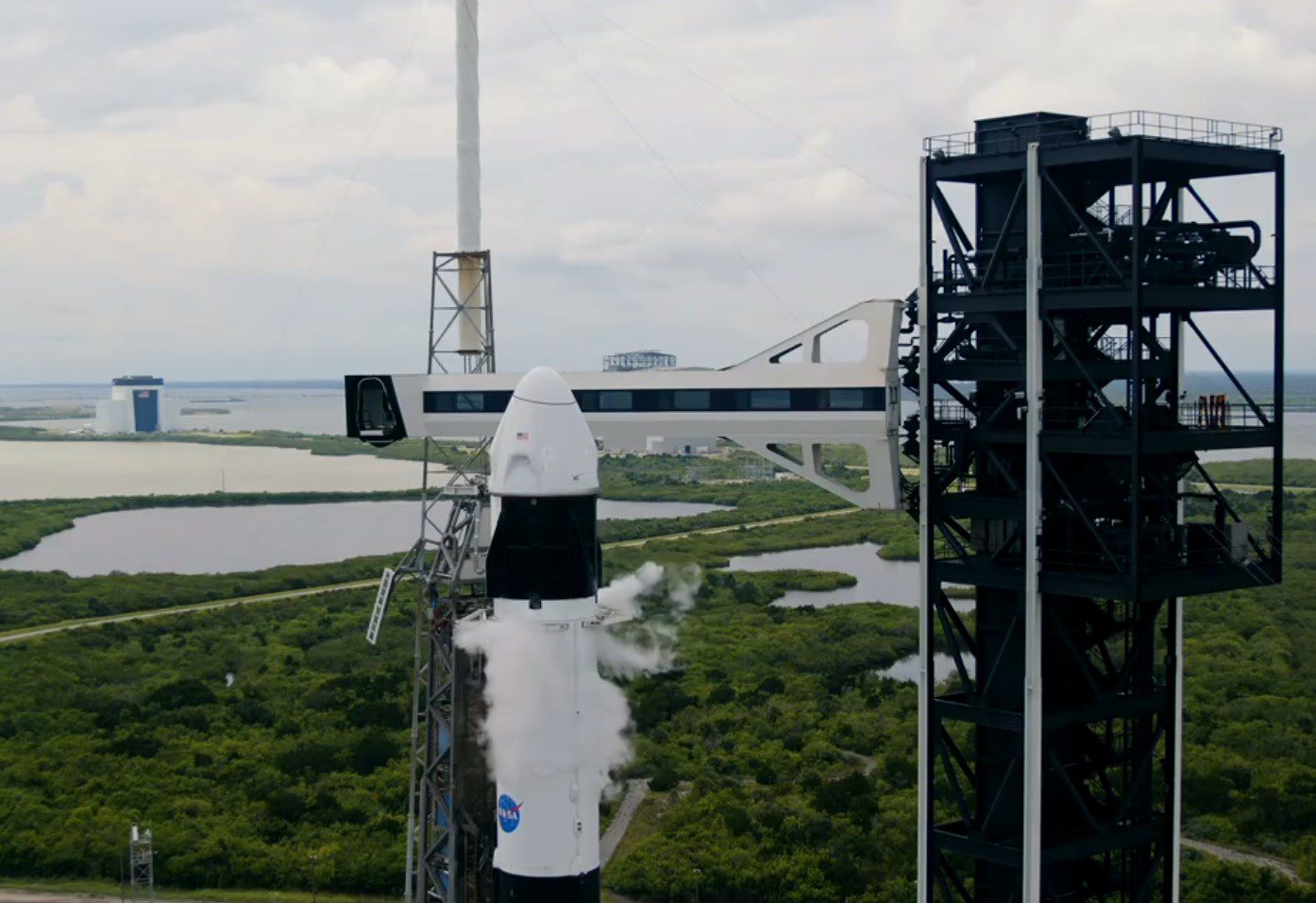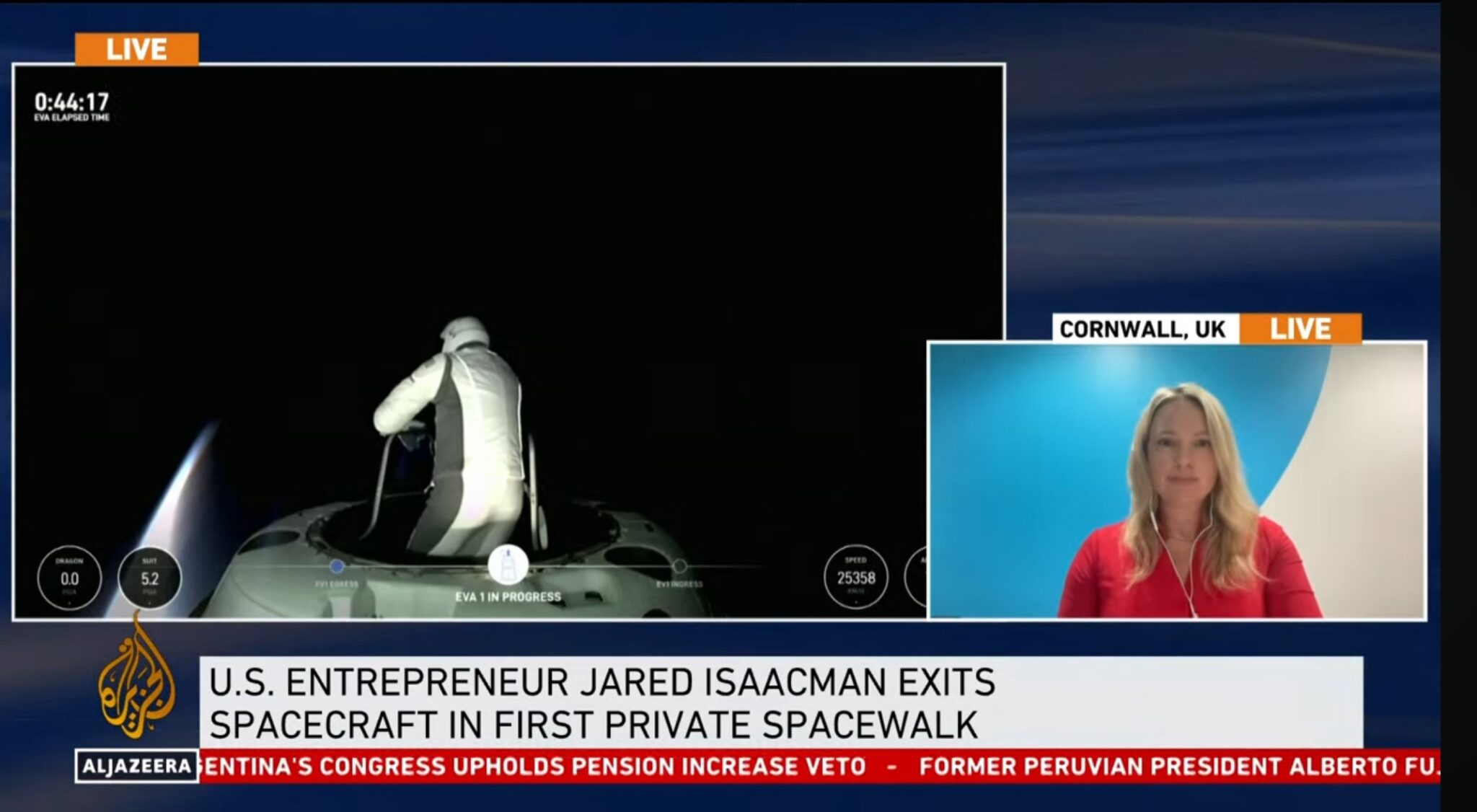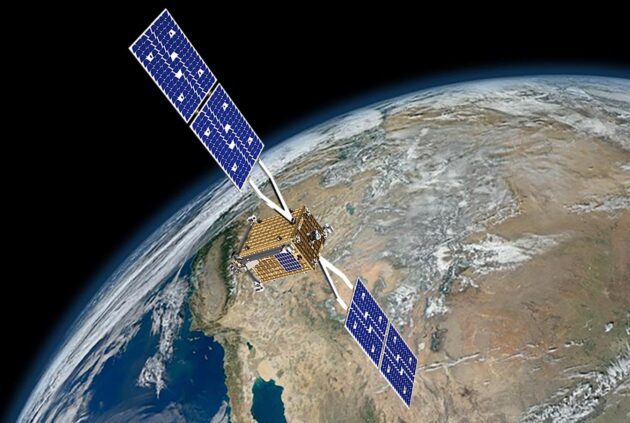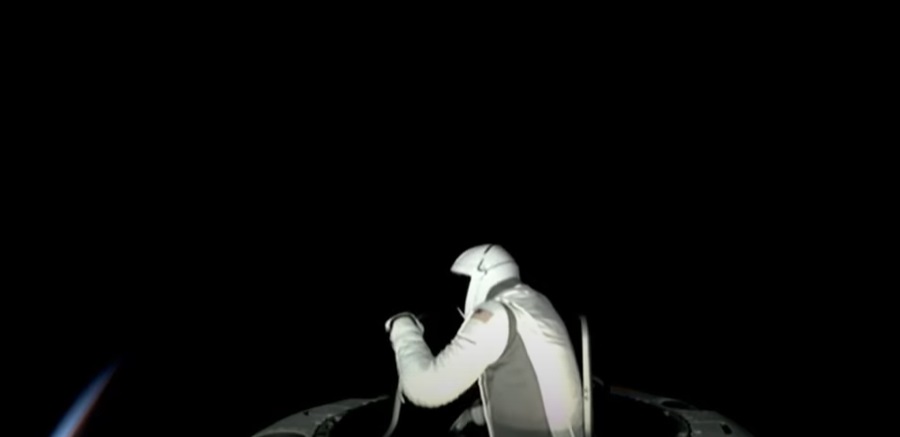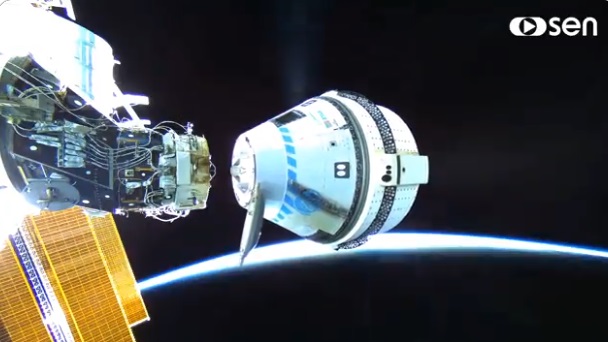Vector Space Systems, a microsatellite space launch company, has announced the acquisition of its small space launcher competitor, the Garvey Spacecraft Corporation. Garvey was working on rocket engine technology for its Nanosat Launch Vehicle (NLV) – a two stage rocket for cubesat launches to Low Earth Orbit (LEO). Garvey Spacecraft of Long Beach, California was working on a two-stage pressure-fed LOX-densified propylene vehicle liquid fuel NLV which is designed to carry payloads of up to 10 kg into orbit.
The firm was receiving NASA funding via a Small Business Innovation Research (SBIR) Phase II award for the technology. Having been CEO of Garvey, John Garvey, who had been working with Vector on their Vector P19 Engine, now joins Vector Space Systems as their Chief Technology Officer. The Tuscon, Arizona-based Vector has recently been set up by ex-Space X employee Jim Cantrell to produce a new small two-stage LOx/Hydrocarbon powered launch vehicle called Wolverine whose first stage will eventually be made reusable. The Vector 1 (Wolverine) launch vehicle aims to put 45 kg into a 28 degree inclination LEO, or 25 kg into a sun-synchronous LEO at US$2-3 million per launch. The first orbital launch is set to take place in 2018, with some suborbital test flights being made the year beforehand.
Post Script: Vector appears to be wanting to call its new rocket Vector 1 now rather than its original Wolverine name. A wolverine is, of course, a type of weasel, or alternatively, a mutant super hero in film and comic fiction. The name was previously used, albeit unofficially, for the M-10 tank destroyer (a lighter armoured version of the M-4 Sherman tank with a roofless turret but more powerful gun) which gave good service to the Allied armies of World War II including during D-Day/Normandy campaign in June 1944.

